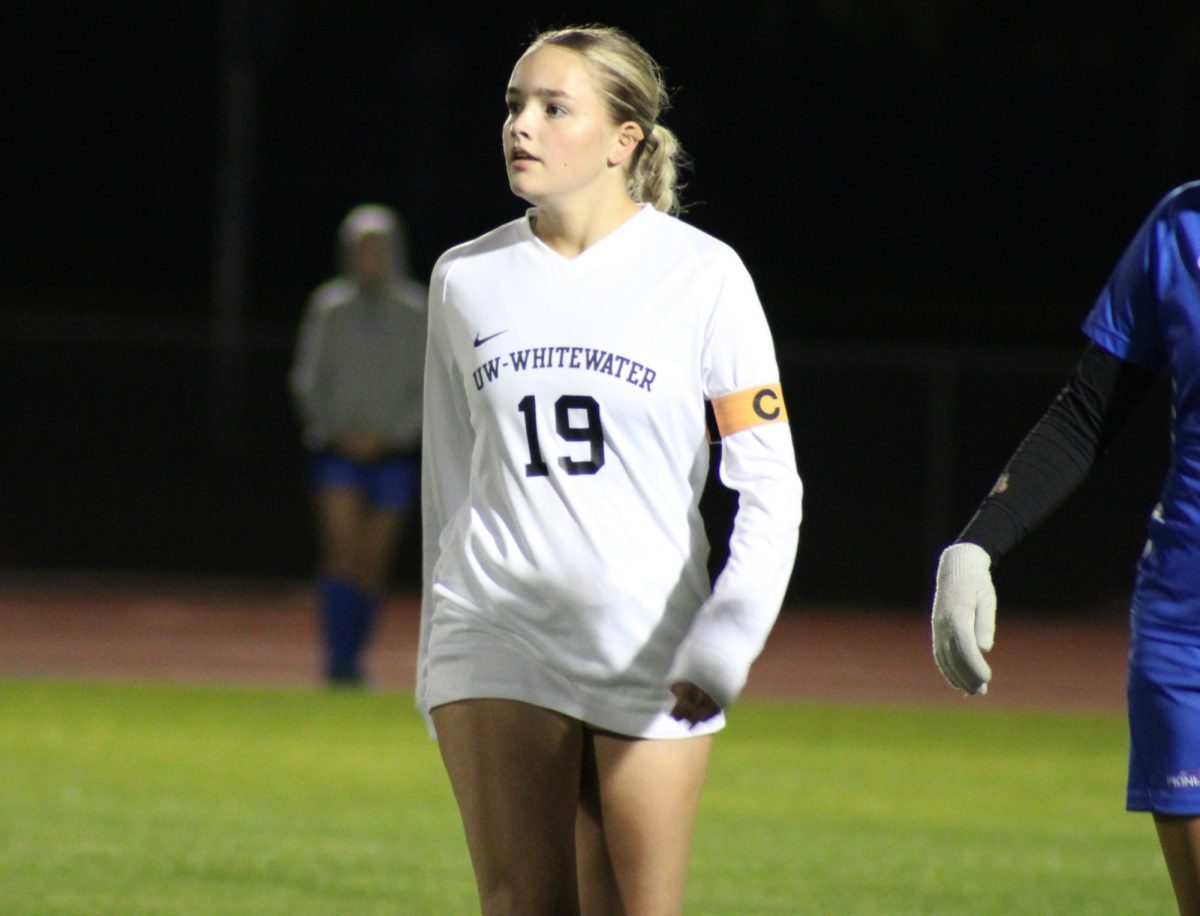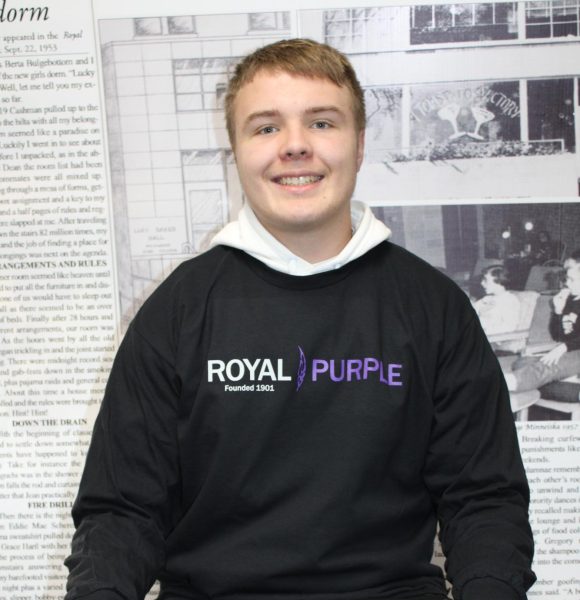From Scotland to Whitewater, freshman forward Jenna Laidlaw’s journey to the United States was made possible by hard work and determination.
Laidlaw came from the northeastern part of Scotland. She grew up in Aberdeen, two hours north of Edinburgh. Laidlaw played 10 years of soccer in Scotland, as well as doing dance and gymnastics. In Scotland, the ideal soccer field size is 118 yards long by 70 yards wide. Whereas in the U.S. the ideal size is 120 yards long by 75 yards wide. Scotland does not have a mercy rule, contrasting to the NCAA. When one team has at least a seven-goal lead, with 10 minutes remaining in the second half, the game will be called.
“Over here, you can play for 15-20 minutes, and you do your hardest and then get taken off,” Laidlaw said, contrasting soccer in the U.S. versus in Scotland. “Whereas in Scotland, once you’re subbed off, then you’re subbed off.”
International student-athletes have to have academic records in the english language from high school, proof of graduation, and standardized test scores. They also must have proof of amateurism. NCAA colleges give out Form I-20 visas, but the student must work with the school to get the visa. International student-athletes can communicate with coaches by sending emails, phone calls, texts or video chat. Head coach Dan Montanye reached out to Laidlaw about UW-Whitewater’s women’s soccer team. She was convinced.
“I really like how he described the facilities,” Laidlaw said of UW-Whitewater’s women’s soccer team and campus. “They looked amazing compared to back home. Fiskum is a really good field. I also thought the campus was pretty accessible too.”
Laidlaw’s process from coming to Scotland to the United States was a lengthy one. Getting the visa takes time, money and flights. Laidlaw had to travel to London, England as the closest international airport from her home in Scotland.
“So it’s a big process,” Laidlaw said about getting to the U.S. “A lot of forms had to be passed before I got here.”


